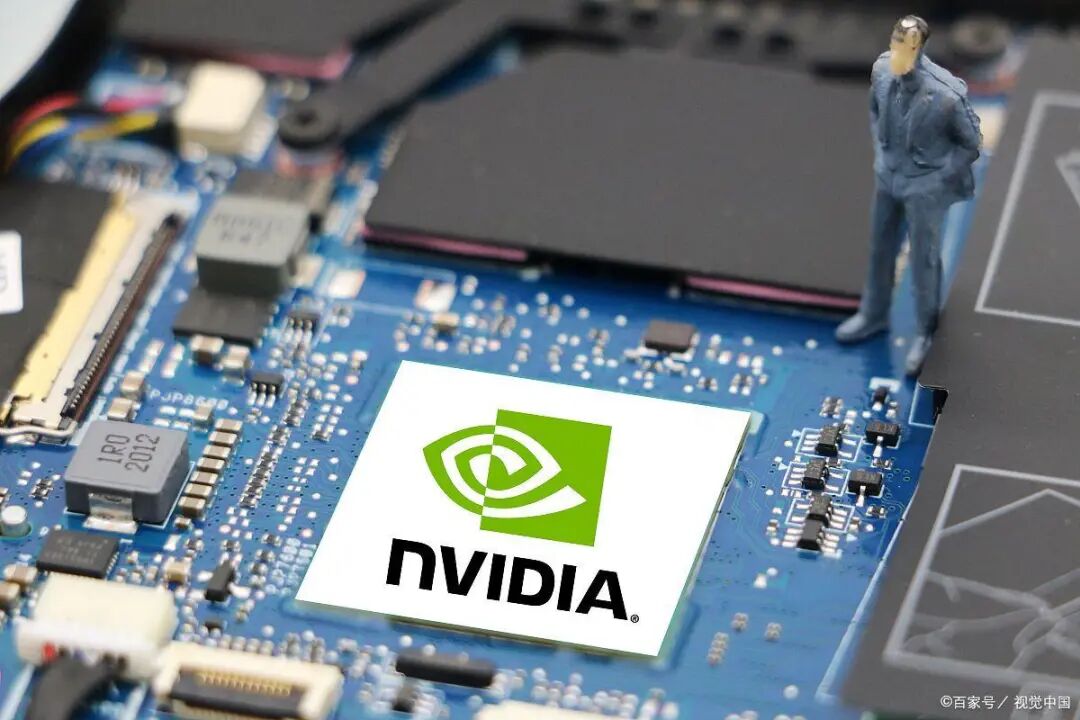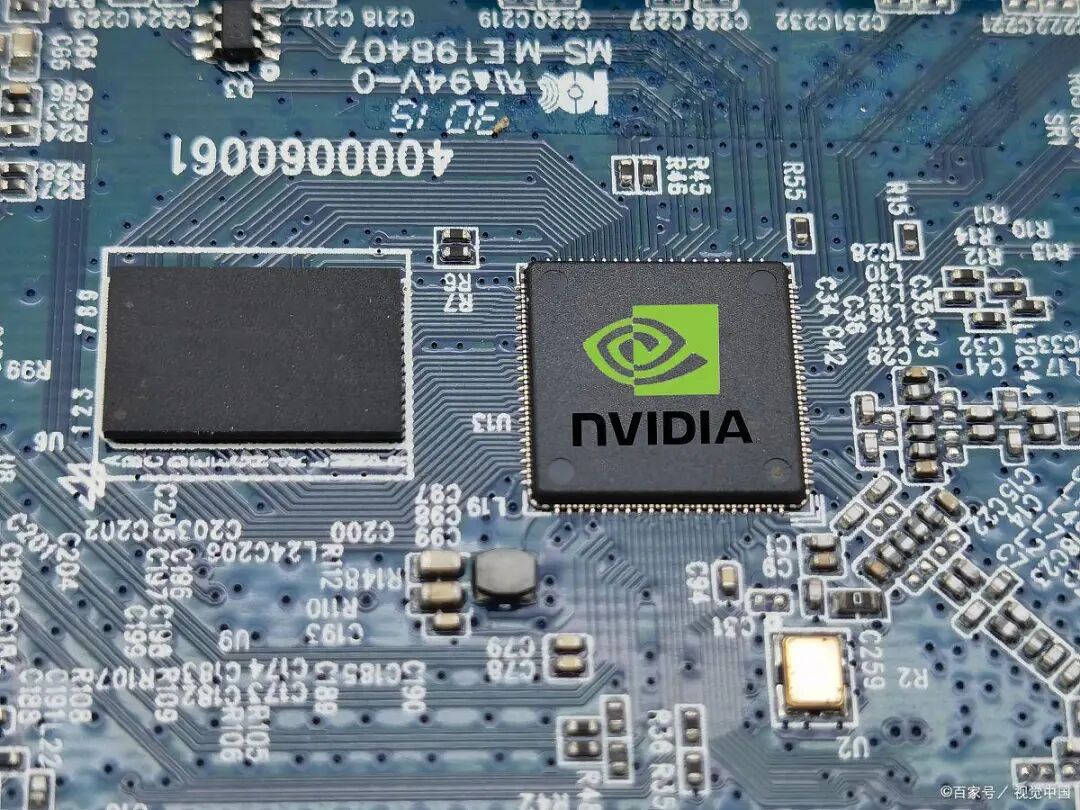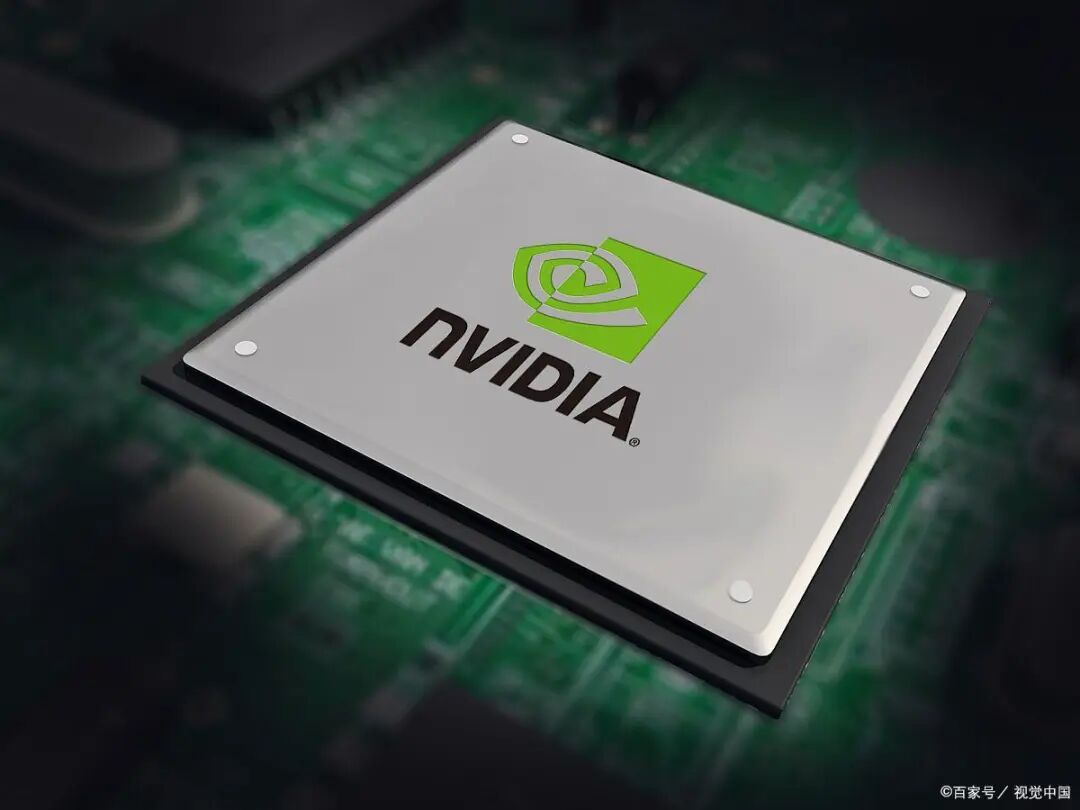When the U.S. Department of Commerce announced an indefinite export ban on Nvidia’s H20 chip, was the Chinese AI chip industry ready to take over?Huawei’s Ascend 910C inference performance is already close to 60% of the NVIDIA H100, a figure that reflects not only breakthroughs in technological catch-up but also an industrial restructuring driven by policy.

The U.S. restrictions on the H20 seem to target a single product, but in reality, they have exposed cracks in the global semiconductor supply chain. The H20, designed specifically for the Chinese market as a “compliant special version,” has only 30% of the computing power of the H100, yet it contributed $12 billion in revenue to Nvidia in 2024.As the ban pushes this “crippled version” chip to the edge, Chinese tech companies are stepping in with a more aggressive stance to fill the void. Huawei plans to mass-produce the Ascend 920 in the second half of 2025, which is said to rival the H20; Cambricon’s Siyuan series chips have completed a 400P computing power deployment at the Southeast Zhejiang Intelligent Computing Center, supporting seven digital economy projects. These advancements indicate that domestic substitution has moved from the laboratory to large-scale applications,but the real test lies in whether an ecosystem can be built to compete with CUDA.

The chain reaction of the ban goes far beyond the chips themselves. The National Development and Reform Commission recently suggested that new data centers prioritize the use of domestically controllable chips, creating a dual push alongside U.S. restrictions. Nvidia has been forced to adjust the H20 to meet energy efficiency requirements, but may lose competitiveness due to performance compromises. In contrast, Chinese manufacturers, with the Ascend 910C using a 7nm process integrating 53 billion transistors, have approached international advanced levels with their chiplet dual-chip packaging technology. More critically,companies like Wuwen Xinqun are promoting deep adaptation of domestic chips with large models like DeepSeek, achieving “one-click invocation” through the Infini-AI platform, and this soft-hard collaborative innovation is dismantling CUDA’s technological moat.

Market fluctuations have exposed the risks of over-reliance. In March 2025, Nvidia’s market value evaporated by 1.2 trillion RMB in a single day, partly due to rumors of H20 being restricted in China. However,Chinese internet giants like Tencent and Alibaba are still ramping up H20 purchases, which is both a response to the computing power hunger brought by the explosion of the DeepSeek model and a stopgap measure as domestic substitution has not yet fully matured. Jensen Huang’s remarks during his visit to China highlighted the Chinese market’s dependence on its revenue, while also hinting at the complexity of the technological competition—as the U.S. pressures under the guise of “preventing use in supercomputing,” the demand for computing power from Chinese enterprises is explosively growing at the AI application layer, creating a window of opportunity for domestic substitution.

The outcome of this chip tug-of-war depends on the resilience of the ecosystem rather than the pursuit of a single parameter. The Da Vinci architecture of Ascend, the cloud deployment capabilities of Cambricon, and the rise of emerging forces like Birun are reshaping the global AI chip landscape.The ban may have delayed the progress of China’s AI industry, but it has also accelerated the inevitable choice of “model-chip-system” collaborative innovation. As domestic chips begin to meet the training needs of top models like DeepSeek, the foundation of technological independence has quietly solidified. In the future,how to achieve technological iteration within a compliant framework will be the next battleground in the Sino-U.S. AI arms race.